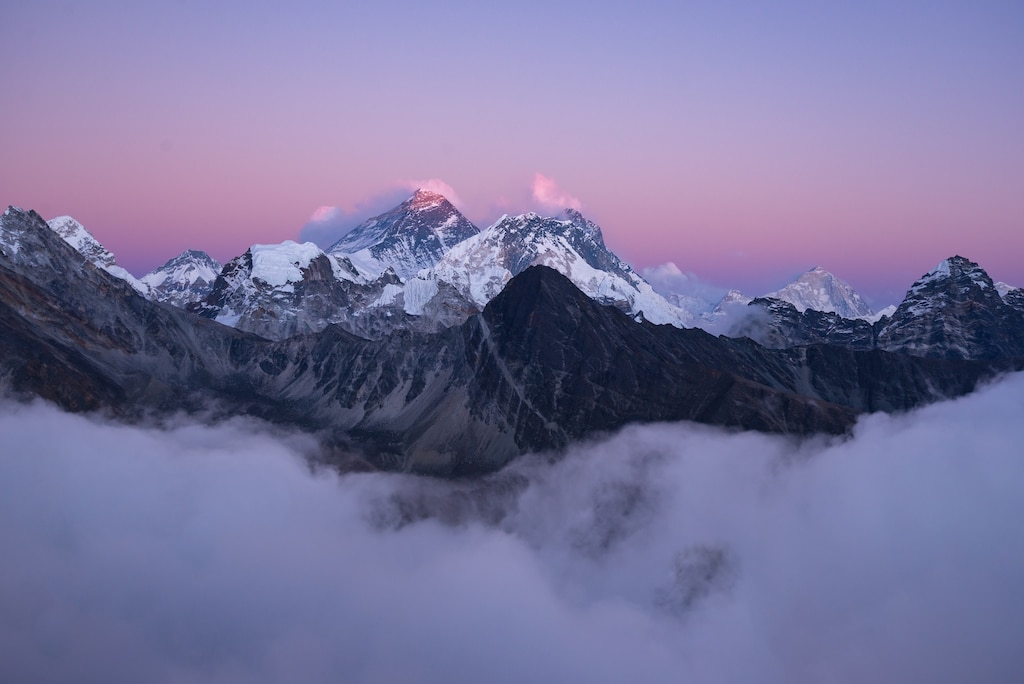Mount Everest is 15-50 meters taller than usual and it looks like the highest mountain in the world is going to get even taller in time.
According to a new study the reason for this is because a river which is eroding rock and soil at its base, is helping to push it upwards.
The BBC reported that a loss of landmass in the Arun river basin 75km away is causing the world’s highest peak to rise up to 2mm a year. The research on this was done by University College (UCL) researchers.
“It’s a bit like throwing a load of cargo off a ship. The ship becomes lighter and so floats a little higher. Similarly, when the crust becomes lighter… it can float a little higher,” said study co-author Adam Smith.
Mount Everest is getting taller, and it’s all down to science. Researchers say that erosion from nearby rivers is lifting the world’s highest peak.
#mountain #climbing #science #mteverest #ticker #tickernews pic.twitter.com/PNRkNoHOF6
— Ticker (@tickercotweets) September 30, 2024
The Himalayan mountain range was formed some 50 million years ago from pressure from the collision of the Indian and Eurasian tectonic plates. As the Arun river flows through the Himalayas, it chips away at the river bed reducing the force on the mantle causing the thinned crust to flex and float upwards.
This upward force is causing Everest and its neighboring mountains, Lhotse and Makalu to move upward and the phenomenon is called an isostatic rebound.
Another co-author of the study Dr Matthew Fox said in an interview with the BBC, “Mount Everest and its neighboring peaks are growing because the isostatic rebound is raising them up faster than erosion is wearing them down.”
“We can see them growing by about two millimeters a year using GPS instruments and now we have a better understanding of what’s driving it.”
According to the UCL study the Arun river most probably gained the power to carve off an unusual amount of rock and other material after it captured another river in Tibet some 89,000 years ago.
The lead author of the study, Chinese academic Dr Xu Han from China’s University of Geosciences said, “The changing height of Mount Everest really highlights the dynamic nature of Earth’s surface.”
”The interaction between the erosion of the Arun river and the upward pressure of the Earth’s mantle gives Mount Everest a boost, pushing it up higher than it would otherwise be.”

